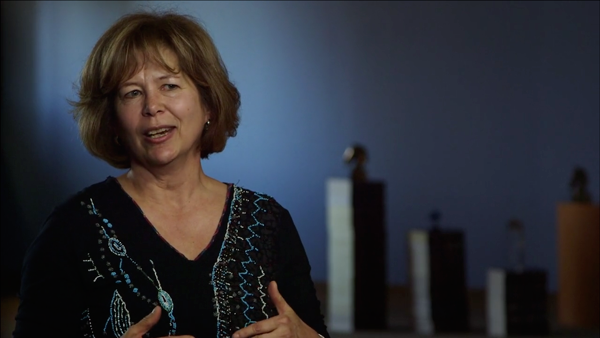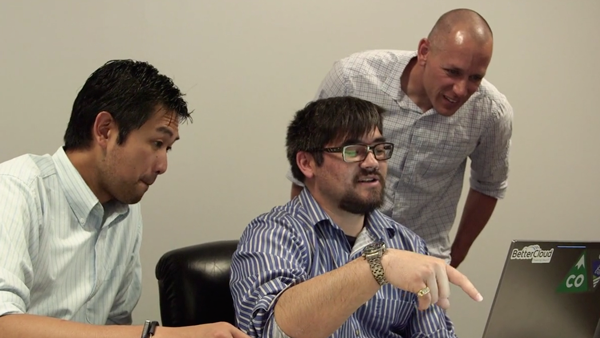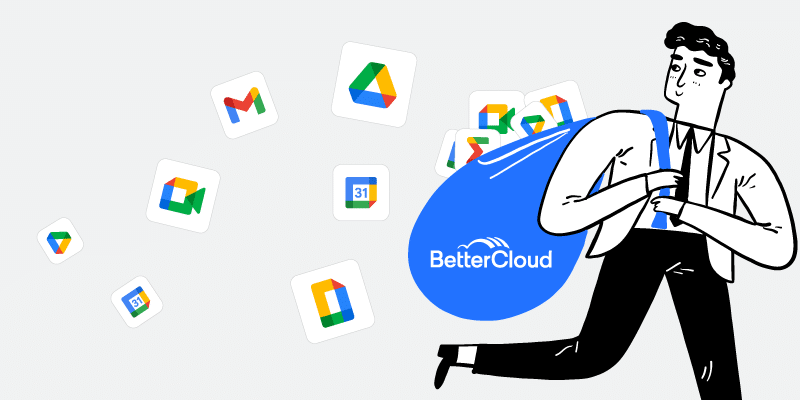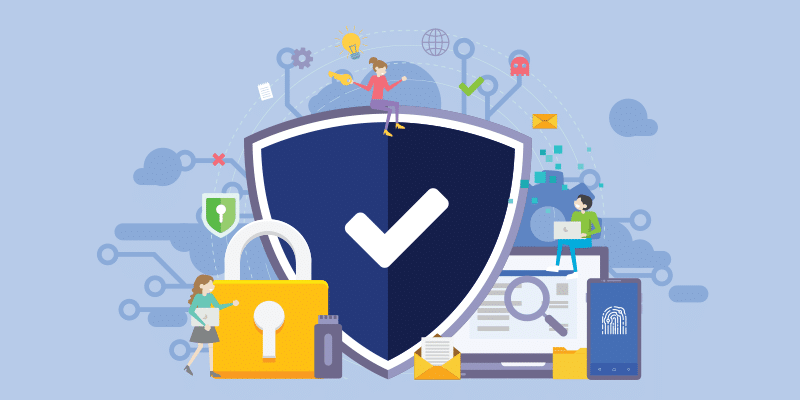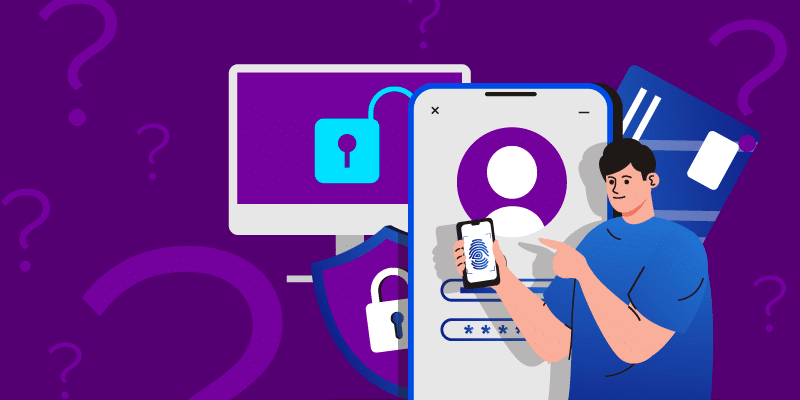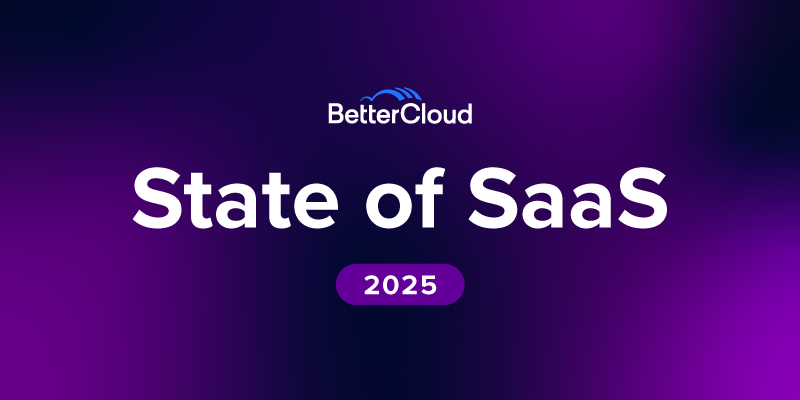Modern Workplace Innovators: Meet Brandon Williams
June 23, 2016
6 minute read
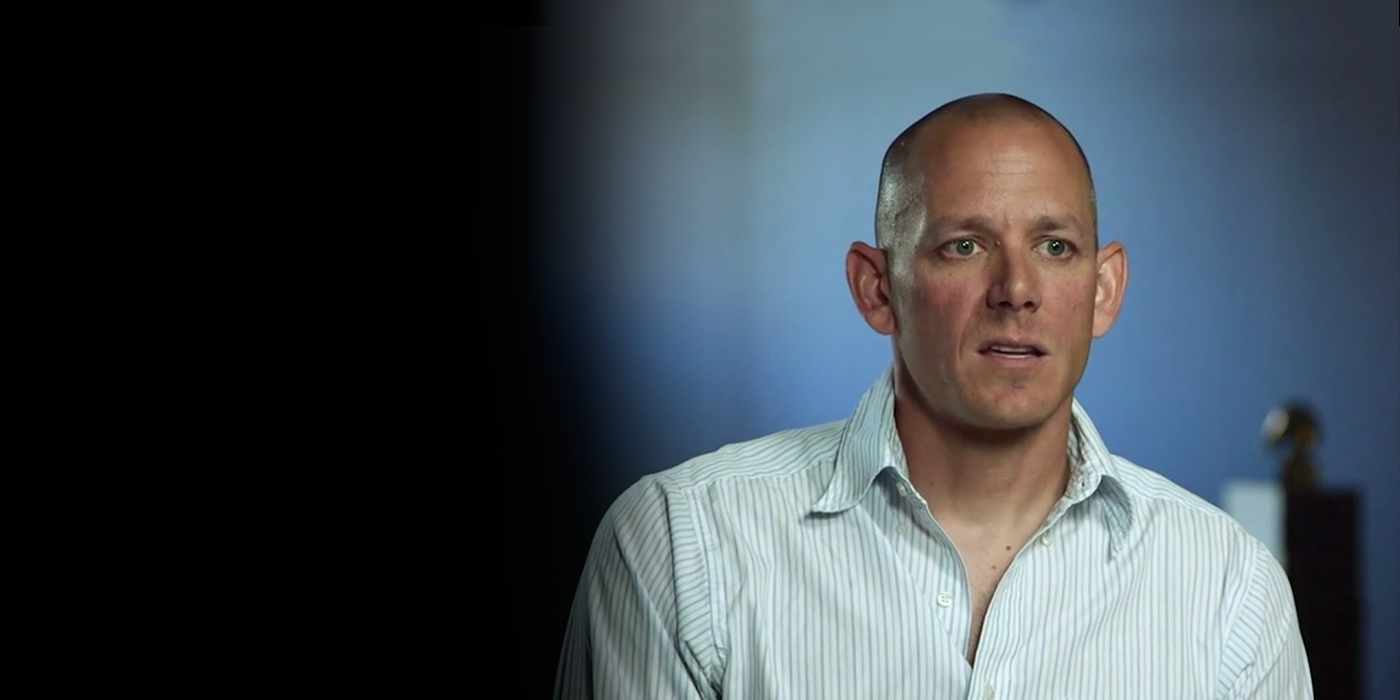
For Brandon Williams, Director of Google Operations for the State of Colorado, working in government means that you can make truly meaningful change.
“I love working in government because it’s a place where you can actually make change. Our challenges are big. There are things like emergency response, wildfire, diabetes, counter tobacco outreach. These are issues that can’t be solved within 90 days,” he said.
In the latest installment of our Modern Workplace Innovators video series, where we feature exceptional IT professionals who have used technology to transform the way people work, we sat down with Williams to learn more about innovation in government. He shared his story of how he used Google Apps to redefine emergency communications, and how he also leveraged shadow IT to empower thousands of employees.
To hear his story, watch the video above.
Disaster Strikes: The Catastrophic Colorado Floods
Deep Dives:
Learn More from Brandon
Evaluating Third-Party Apps and Helping Employees Do Their Jobs Better
Working with Users to Design Long-term Solutions that Scale
Successful Strategies for Improving User Adoption of New Technologies

Case Study: State of Colorado Saves $100,000 With BetterCloud
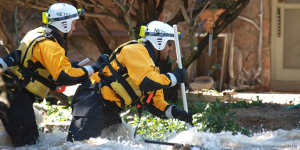
The Rising Tide: How One IT Team Redfined Emergency Communications
In September 2013, unprecedented flooding resulted in one of the most devastating natural disasters in Colorado state history.
As Williams recalls, “It was as if the heavens had opened up and the water just came down, and it didn’t stop.”
Denise Stepto, Director of Communications and Media Relations for the Colorado Department of Local Affairs, said she hadn’t seen a flood like that in Colorado in 100 years. “Within 24 hours, we had communities that were washed down the mountain, [and] people were losing their homes,” she said.
IT in Crisis Mode
Williams swiftly jumped into action and began thinking of the best ways his team could use technology to facilitate rescue efforts.
“We met at the Governor’s office with senior leaders at the agencies. IT was at the table, providing options and solutions,” he said.
“Our job somewhat shifts. We go into a crisis mode just the same way that the first responders do in order to think about what the system needs are going to be—the demands and what kind of tools we can put into play to make their jobs easier, so that people that are affected get the help that they need.”
Building a Crisis Map with Google: “A Single Source of Truth”
The first priority was to use technology to disseminate information efficiently and accurately.
Iain Hyde, Deputy Director at the Colorado Resiliency and Recovery Office, said, “When you have that many families impacted, one of the very first things that they need is good information.”
“Brandon said ‘We need a map,’ so we built that map right away with the assistance of Google,” said Mike Dillon, former COO for the State of Colorado.
“Google has a crisis response team. They’ve done some really big incidents where they scrape publicly available information and put it into a source of truth online,” said Williams. “This was an opportunity to be able to—for the first time—layer information from the local sources, the state sources, and the federal sources, into a single source of truth.”
“[People] were able to go directly to a map that they understood, and see road closures, damaged areas, and areas where pre-evacuation notices had been issued.”
Read more about how Brandon’s team worked with Google to build the crisis map in our article, “The Rising Tide: How One IT Team Redefined Emergency Communications.”
Using Google Forms and Sheets to Transform the Recovery Process
For many flood victims, the experience was nothing short of harrowing.
“We had 18,000 people who were displaced or evacuated. It was actually the largest air evacuation since Hurricane Katrina,” said Hyde.
Williams added, “You can imagine the shock of being evacuated from an area, taking that ride in that helicopter, putting the kids and the dog inside, and then getting to the Disaster Assistance Center.”
After observing the information intake process at these centers, Williams immediately saw a way to use technology to improve it and reduce some of the emotional strain.
“What we saw was lines of people. When they got up to the front of the line, [they were] presented with a card table that had a stack of forms. You ask somebody who’s just had to be evacuated from their house to fill out 20 forms listing their address or the house they just ran from,” he said.
“We could do that better. We’ve got the right technology. We can do this. We can make at least that point in your life a little less complicated.”
The solution? Google Forms and Sheets.
“There are amazing tools that are out there that you can access and share for either little cost or no cost. We knew that we could use things like Forms and Sheets, to be able to use laptops or kiosk-type environments where maybe people can register in advance on their phone, or they get there and they can sign up. We can share that information appropriately across the agencies that need access to it,” said Williams.
“Very simple stuff. Simple works best in emergencies.”
Using Shadow IT as a Powerful Tool to Empower Users
In addition to redefining emergency communications, Brandon also led Colorado’s 2012 initiative to roll out Google Apps to thousands of employees. Colorado was the third state (after Wyoming and Utah) to make the switch to Google Apps.
“Working in IT and government, there’s always a million reasons that you shouldn’t do something. Government operates under a huge amount of regulation and scrutiny. It’s really hard to take a platform like Google and introduce it into the bureaucracy of government. Our IT organization wasn’t really designed to accommodate that kind of flexibility, that kind of speed,” Williams said.
Managing the proliferation of third-party apps can be a common challenge for IT professionals, but Williams manages to strike the right balance. “We constantly battle that balance between being draconian and control, and offering up opportunities to go be creative. It is a balance, but it’s totally achievable,” he said.
He also sees shadow IT as a valuable asset—one that can reveal surprising discoveries. “Shadow IT can be viewed by IT organizations as being a threat, maybe not the powerful tool that it really is,” he said. “What we found was, one, the users were being more innovative than we were. Two, the reason that they were going out and installing those applications wasn’t because they wanted to break the system—it’s because they wanted change it and make it better.”
Securing the Environment, Yet Also Giving Employees Freedom
To empower his employees and allow them to do their jobs better, Williams first made sure he secured the environment.
“We were able to use third-party tools like BetterCloud and other tools that we found to come in and be able to set up things like Drive policies. To be able to survey documents, look for keywords, identify those things that maybe needed to go to a document reviewer before they were automatically set to be able to share with the outside or with external partners,” he said. “So now it’s, okay, I’ve got a secure environment. I can turn people loose and still be able to understand what they’re doing and track them.”
“Teach People to Fish”
Williams says there’s no time like now to be in government technology.
“It’s a new world and it’s changing fast. At the core of what we’re trying to do is to teach people to fish. It’s not about them contacting us and us providing a solution. It’s about us operating a little bit more like a consultant and empowering them to take the applications. It’s kind of guiding the ship so that they can put the right solution that meets their needs in place.”
To learn about other innovators in our Modern Workplace Innovators series, click here.




